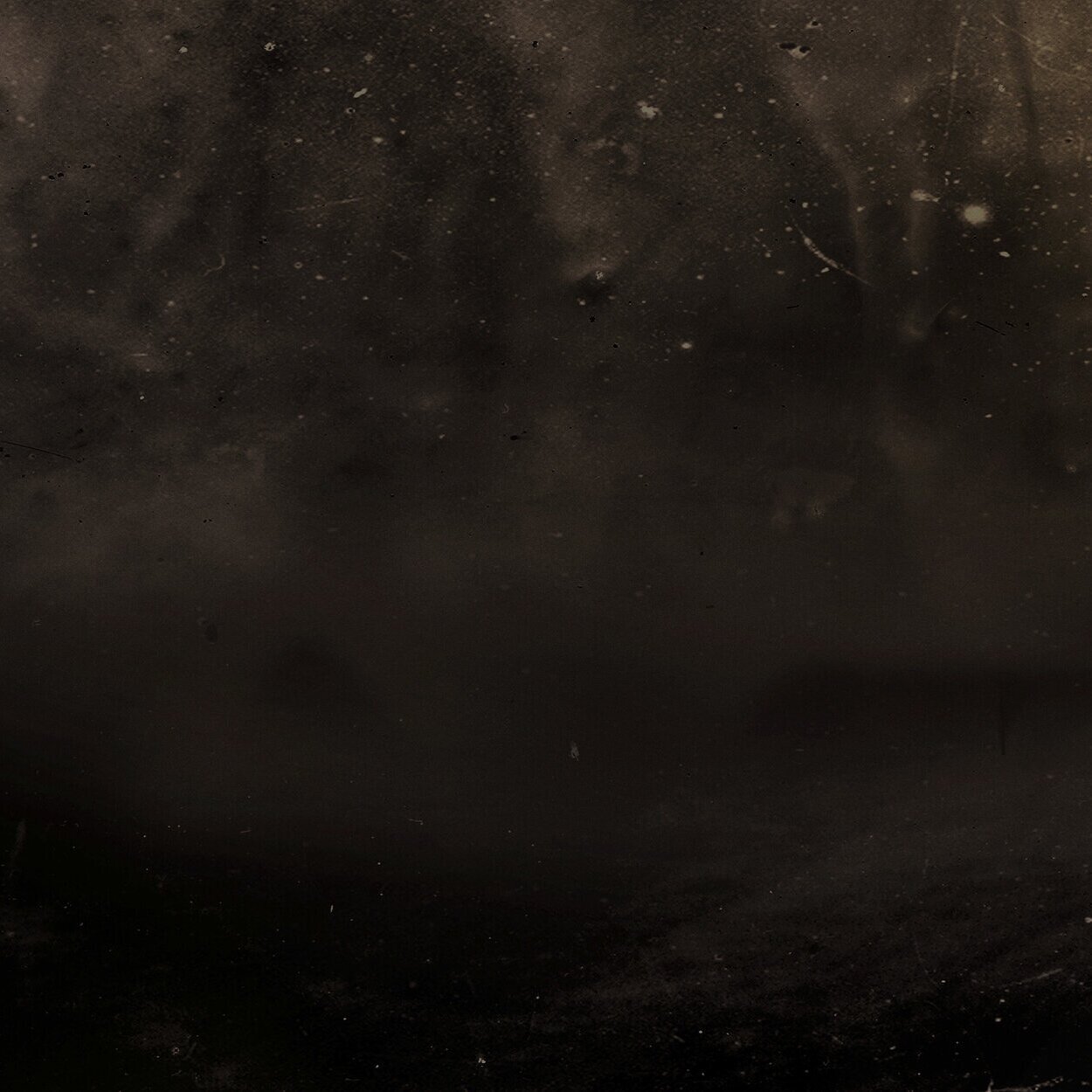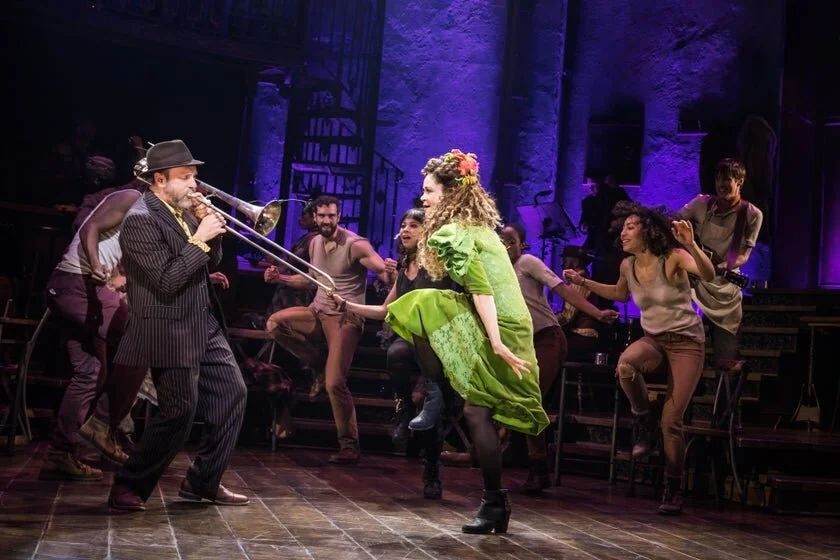
The Music of Hadestown
This module looks at HADESTOWN through the lens of music. It is designed to familiarize learners with the music traditions and histories that HADESTOWN is borne out of, specifically New Orleans jazz. It includes links to music, interviews, and media that allows learners to immerse in the parallel musical worlds of HADESTOWN and New Orleans.
This module includes two corresponding lesson plans, one of which gives learners the opportunity to dive into the history of the work song while the other explores the relationship between personality and musical performance. Learners will examine music from HADESTOWN and beyond, play with performance, and create their own musical sequence.
Writer and creator Anaïs Mitchell has described the music of Hadestown as being reminiscent of Big Band and New Orleans jazz music. Mitchell’s background as a folk singer-songwriter comes through in songs such as "Flowers" and "Wedding Song," but one listen to "Road to Hell" and "Way Down Hadestown" shows her early jazz and blues influence. It's easy to hear the New Orleans jazz influence with the celebratory jazz trombone and hard driving swing rhythms.
Many of the musical influences of Hadestown come out of the Black American musical tradition such as New Orleans Jazz, work songs, and the blues.
New Orleans, The Birthplace of Jazz
In an interview with Broadway.com, Rachel Chavkin says, “Louisiana became a really frequent touchstone for us in multiple ways.” New Orleans, the birthplace of jazz, is present in the music, design, and thematic life of Hadestown.
One aspect of jazz we see at play in Hadestown is the echo of the classic New Orleans jazz trio, which consisted of a cornet, clarinet, and trombone backed by a rhythm section of drums, bass, piano and guitar.. The popularity of this form was made famous by musicians such as Louis Armstrong who popularized jazz solo performance.
The importance of improvisation and personality in jazz music certainly seeps into the musical character of Hadestown. Many actors in the cast approach their work with a playful fervor. For example, Amber Gray makes powerful character-driven choices with the instrument of her voice in her performance of Persephone, rooted in jazz and blues vocal styles, reminiscent of singers like Billy Holiday and Etta James.
Watch the cast perform “Way Down Hadestown” and listen for the New Orleans jazz trio influence.
Watch Amber Gray perform “Our Lady of the Underground”
For some excellent learning resources about the history of jazz, visit the Preservation Hall Foundation’s education page
CLICK HERE TO VISIT - RADICAL IMAGINATION: JAZZ AND SOCIAL JUSTICE
Preservation Hall
It’s hard to talk about New Orleans Jazz without talking about Preservation Hall, an intimate, but seminal jazz performance venue in New Orleans’ French Quarter. What began as an art gallery soon became a hot spot of the “New Orleans Jazz Revival” movement where legendary musicians such as The Humphrey Brothers and George Lewis played live jazz at a time when rock ‘n’ roll and other popular styles of music were dominating the mainstream. Eventually, the Preservation Hall Jazz Band was formed and went touring across the Midwest. Preservation Hall played an instrumental role in the renaissance of jazz music on an international scale.
Source: “Our Story,” Preservationhall.com
Preservation Hall was also a big influence in the creation of the Hadestown set. Head back to our Welcome to Hadestown page to read an interview with the Tony Away winning Set Designer of Hadestown, Rachel Hauck.
“Preservation Hall was a rare space in the South where racially-integrated bands and audiences shared music together during the Jim Crow era. At the center of that family business, the Jaffe’s became involved in the southern Civil Rights Movement (and were even persecuted) as heads of an integrated venue in a time of cruelly-policed racial segregation.”
Source: Preservationhall.com
Work Songs
For centuries, work songs have been sung by people all over the world in fields of work including but not limited to agriculture, construction, sailing, and more. Work songs can be useful to workers in a number of ways. They’re often used to coordinate work efforts, but often also provide an emotional outlet for workers suffering under oppressive, grueling, and/or forced labor conditions. Work songs help pass time and can give workers a sense of ownership over the work they do.
One important tradition of work songs is that cultivated by enslaved African Americans in the United States. Many of these songs carried influence from the West African cultures where many enslaved people originated from. Some songs were spirituals while others were secular and they often utilized a call and response structure and were sung a cappella.
Sources:
“‘It’s a long John’: Traditional African American Work Songs,” Historymatters.gmu.edu
“Traditional Work Songs,” Library of Congress



